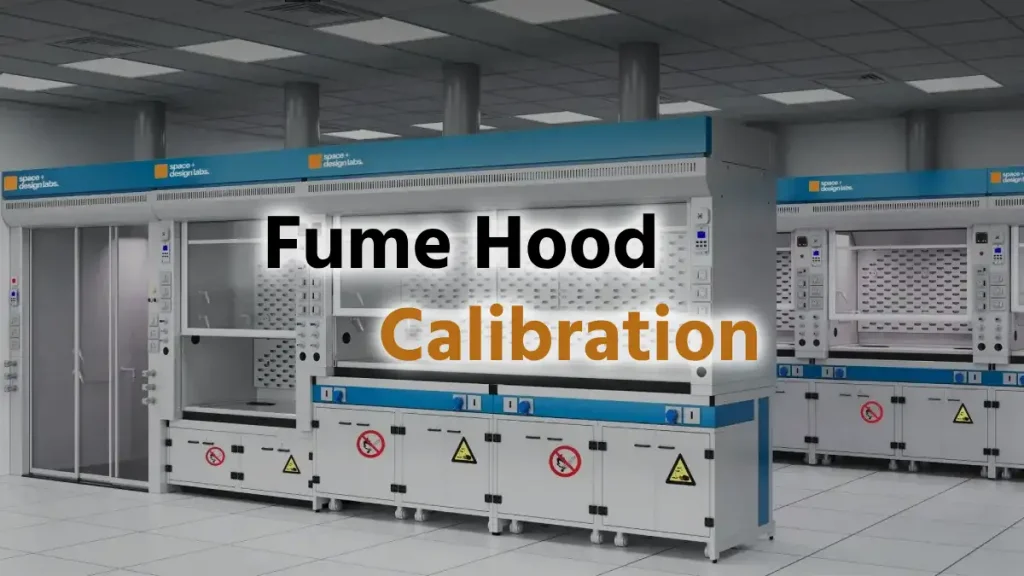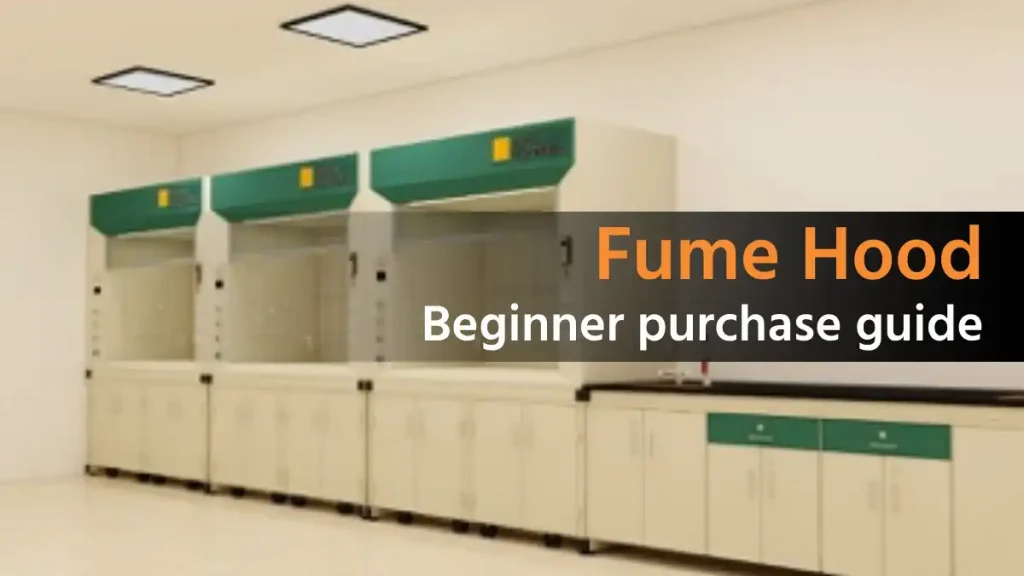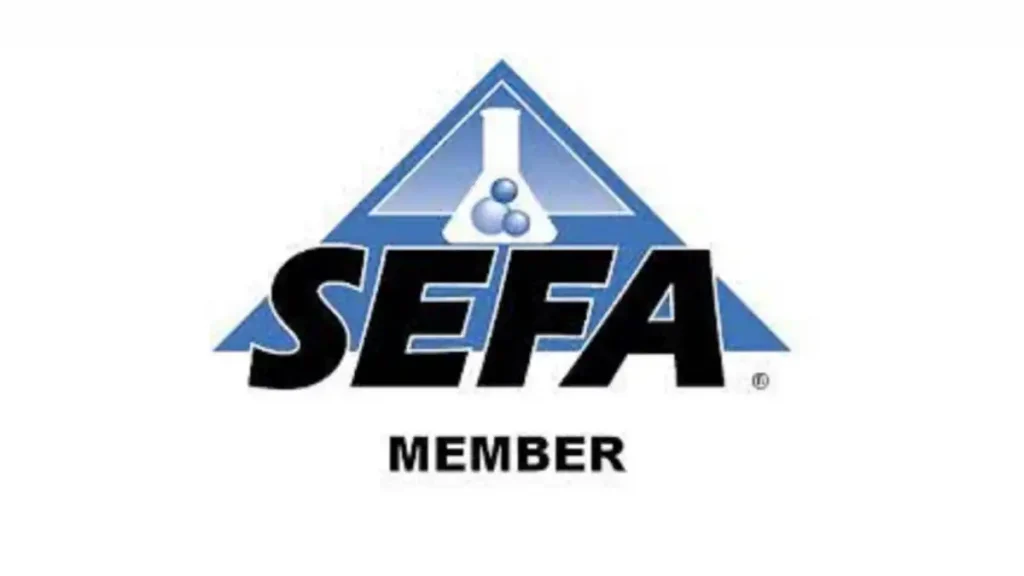The only beginning of the realm of laboratory safety, fume hood calibration is its heart and soul that can be the difference between a secure work place and potential dangers. This following guide will help you to take all the important steps of Fume Hood calibration, thus, strictly following the rules of laboratory safety. As a lab professional with a longer experience or as a student researcher, you have to remember that the means to protect yourself and your co-workers from the harmful chemicals include perceiving this process.
Table of Contents
1. Understanding the Importance of Fume Hood Calibration
Fume hoods are the first line of defence against hazardous fumes and vapours in laboratories. Regular calibration ensures these essential safety devices function at peak efficiency. A properly calibrated fume hood:
- Maintains consistent airflow
- Effectively contains and removes harmful vapours
- Reduces the risk of chemical exposure
- Ensures compliance with safety regulations
According to the Center for Disease Control and Prevention (CDC), improper fume hood function contributes to 2.3% of all laboratory-acquired infections. This statistic underscores the critical nature of regular calibration.
2. Gathering Necessary Equipment
Before beginning the calibration process, assemble the following tools:
- Anemometer
- Smoke tubes or other visualization aids
- Calibration stickers
- Personal protective equipment (PPE)
- Manufacturer’s manual for your specific fume hood model
3. Visual Inspection
Start with a thorough visual inspection of the fume hood:
- Check for visible damages or corrosion
- Ensure all moving parts operate smoothly
- Verify that the sash is clean and undamaged
- Inspect the baffle for obstructions
4. Measuring Face Velocity
Face velocity is a crucial metric in fume hood performance. Follow these steps:
- a) Set the sash to its standard operating height (450 mm)
- b) Use an anemometer to measure airflow at multiple points across the hood face
- c) Calculate the average face velocity (typically, it should be between 80-120 feet per minute)
- d) Record all measurements for documentation
5. Smoke Visualization Test
This test helps verify proper airflow patterns:
- a) Generate smoke using smoke tubes at various locations within the hood
- b) Observe the smoke’s movement to ensure it’s drawn into the hood and not escaping
- c) Pay special attention to the hood’s edges and corners
6. Adjusting Airflow (if necessary)
If measurements fall outside the acceptable range:
- a) Consult the manufacturer’s manual for adjustment procedures
- b) Make small, incremental changes to the airflow by adjusting Damper Valve
- c) Retest after each adjustment until optimal performance is achieved
7. Documentation and Labelling
Proper record-keeping is essential:
- Document all test results, including date, time, and technician name
- Affix a calibration sticker to the fume hood, indicating the date of calibration and next due date
- Update the laboratory’s safety records with the new calibration information.
Conclusion:
Mastering the fume hood calibration process is an essential skill for maintaining a safe laboratory environment. By following this step-by-step guide, you ensure that your fume hoods operate at peak efficiency, protecting you and your colleagues from potential chemical exposures. Remember, regular calibration is not just a best practice—it’s a critical component of laboratory safety that can prevent accidents and save lives. Stay vigilant, follow proper procedures, and prioritize safety in all your laboratory operations.
Frequently Asked Questions:
How often should fume hoods be calibrated?
Most experts recommend calibrating fume hoods at least annually. However, high-use facilities may require more frequent calibrations, potentially every six months.
Can I calibrate a fume hood myself?
While basic checks can be performed by trained lab personnel, full calibration should be conducted by certified professionals to ensure accuracy and compliance with safety standards.
What factors can affect fume hood performance between calibrations?
Several factors can impact performance, including:
-Changes in room ventilation
-Relocated equipment near the hood
-Accumulation of debris in ductwork
-Mechanical failures
Regular maintenance and awareness of these factors can help maintain optimal performance between calibrations.
How do I know if my fume hood is not functioning properly between calibrations?
Signs of poor function include:
-Unusual noises or vibrations
-Visible fumes or odours escaping the hood
-Difficulty in closing or opening the sash
-Alarms or warning lights (if equipped)
If you notice any of these signs, cease use of the hood and contact a professional immediately.

I’m Arun Kumar Pathak, a professional with 18 years of experience in Quality and Operations management. I hold M.Com, M.A., and PGDIBO degrees. After working with companies like Reliance, GATI, and Vectus, I transitioned to the laboratory field 4 years ago. Currently, I’m the Operations Manager at Space Plus Design Labs Pvt. Ltd., where I collaborate with design and manufacturing teams to manage the production of laboratory furniture, Fume Hoods, and scientific equipment. Also I love to share my experience to create content, that’s way here sharing blog articles.



